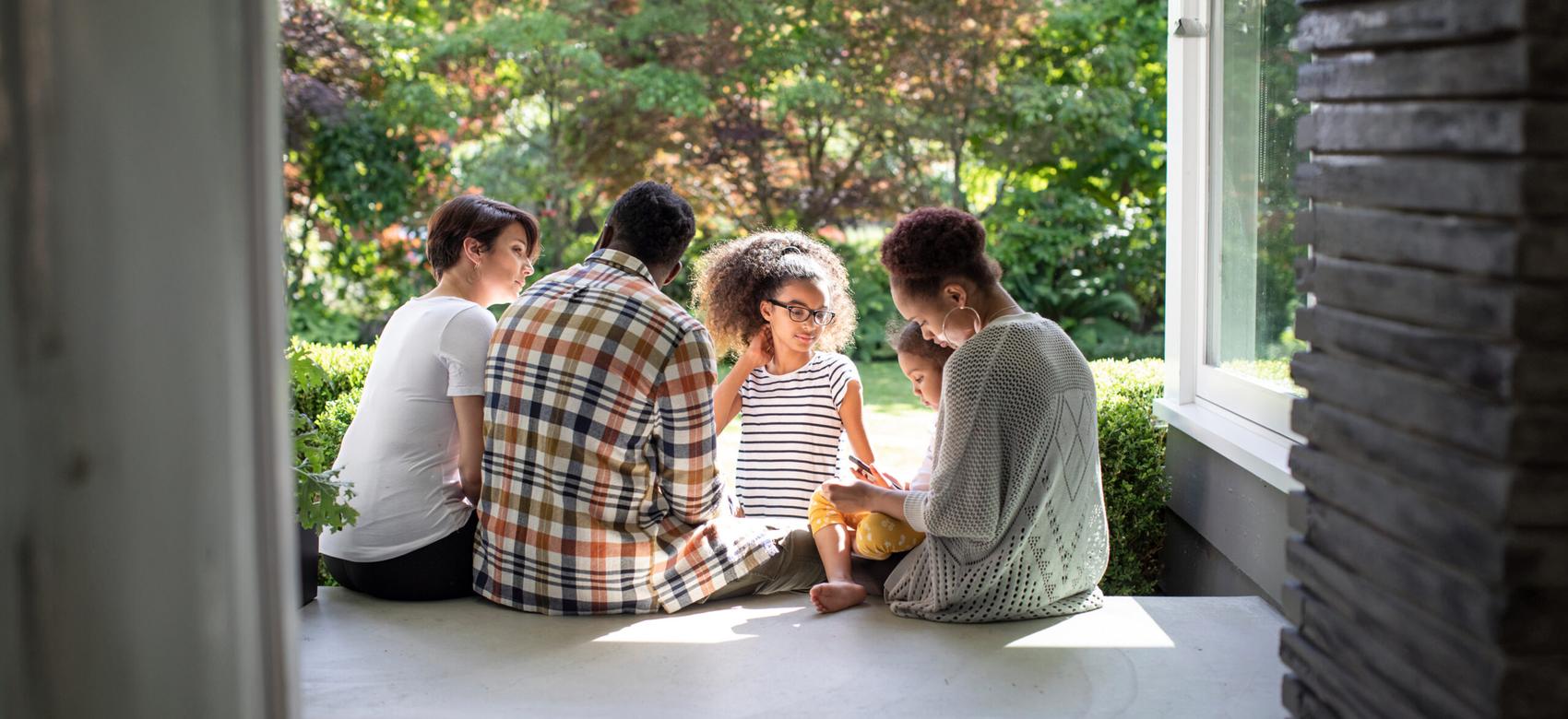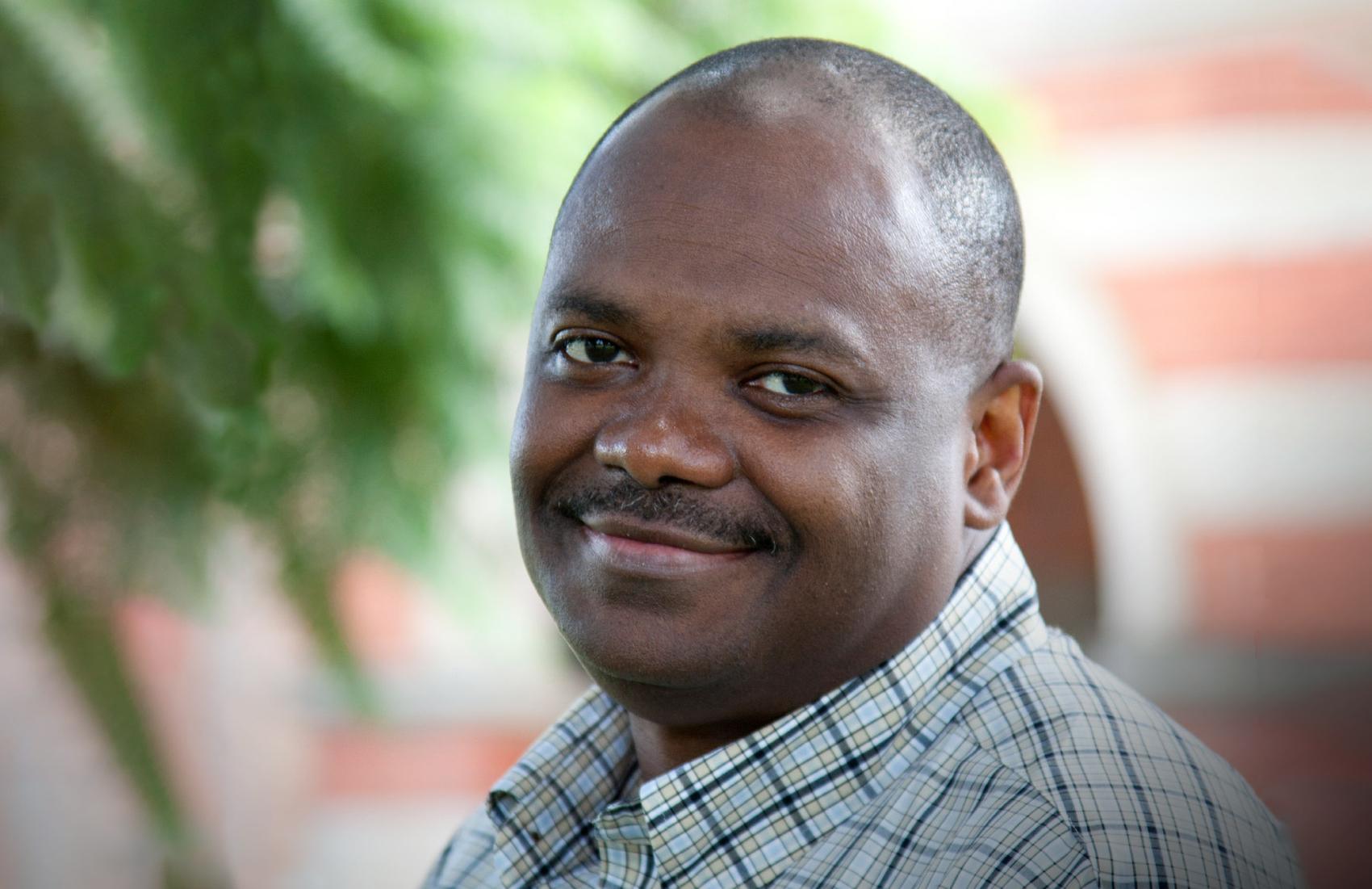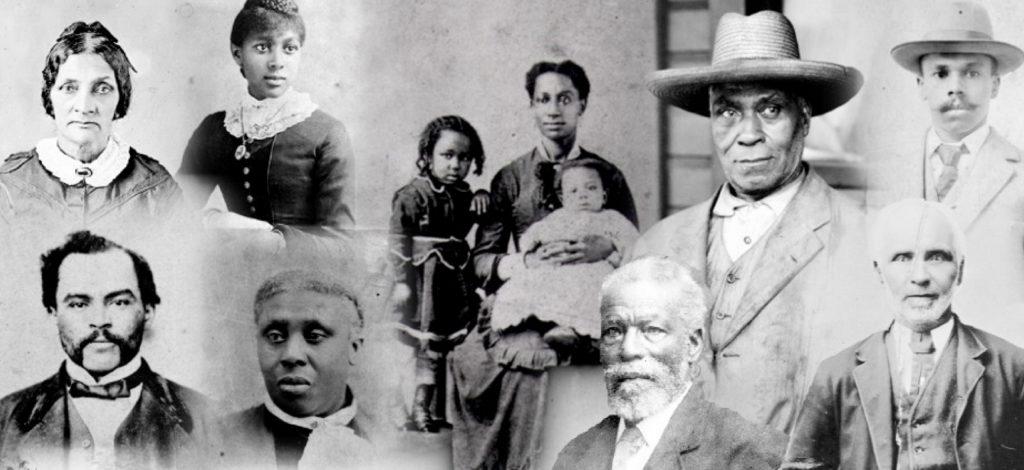To understand BC’s Black history, connect past and present in Canada
By Carolyn Ali

BC’s Black community is unique in Canada
If you don’t know much about Black history in British Columbia, you’re not alone. “The general level of awareness of Black history in BC is really low,” says Dr. Handel Kashope Wright. A cultural studies scholar at the University of British Columbia, Dr. Wright is the co-editor of the forthcoming book, Black British Columbia: Past and Present.
And while Black History Month in February is an opportunity to shine a light on the past, Dr. Wright, who is the director of UBC’s Centre for Culture, Identity and Education, believes we need to think of Blackness in more than just historical terms if we want to fully understand Black British Columbia.
“Part of what we tend to do with history we don’t consider significant, like Black history, is put it in a box, as something that exists only in the past.”
Dr. Handel Kashope Wright, Director of Centre for Culture, Identity and Education, UBC
“Part of what we tend to do with history we don’t consider significant, like Black history, is put it in a box, as something that exists only in the past,” explains Dr. Wright. “We think, ‘Oh, there were some Blacks here in the past. Of course, they are hardly any here now.’” This leads to marginalizing both past and present Blackness.
“I want people to make the connection between the past and the present,” he says. Instead of just Black history, we should address “Black continuity”. This includes understanding how Blackness is unique in BC relative to the rest of Canada.

Invisible communities
According to Dr. Wright, there are two related reasons why Black people are almost invisible in BC: they are low in number and quite dispersed.
Unlike elsewhere in Canada, BC has no Black “ethnoburbs”, a geographer’s term for suburban neighbourhoods in which a particular ethno-racial minority group makes up the majority of the population.
“In Halifax, there’s Mulgrave Park; in Toronto there’s Rexdale and Jane and Finch; in Montreal there’s Little Burgundy,” he explains. “These are known, named places with concentrations of Blacks. Strangely, in Vancouver, a major Canadian city, there are no Black neighbourhoods. So there’s nowhere to go where you’ll see a high concentration of Black people or where you can be among Black people. We’re so dispersed that we are negligible.”
There are also fewer Black people living in BC than other Canadian provinces. According to Statistics Canada, people who self-identified as Black accounted for one per cent of BC’s population in 2016, in contrast to 3.5 per cent of Canada’s total population. In 2021, Canada’s Black population reached 1.5 million, accounting for 4.3 per cent of the total population. The Black population is projected to continue to grow, but the projected diversity varies greatly by region.
“We need to correct the widespread impression that there aren’t Black people here [in BC].”
Dr. Wright
Yet that doesn’t mean there is no Black community. “We need to correct the widespread impression that there aren’t Black people here,” says Dr. Wright. “There were Black people here historically, there are Black people who have arrived more recently and there are Black people who have roots in BC that stretch from the past to the present.”
Contemporary Blackness is most clearly present online, Dr. Wright notes. Especially for Metro Vancouver, that’s where people find resources and share information, such as where to find a barber, restaurants or support for Black enterprises. In short, Black community is being made online through social media groups such as Meanwhile, Black in Vancouver.
“Blackness is not necessarily a single community here but a number of disparate communities, which sometimes intersect but often don’t,” he clarifies. “For example, people with roots in Jamaica may share different Jamaican and larger Caribbean communities while those from Nigeria are in Nigerian and larger continental African communities.”
He adds that these communities come together through cultural, business and activist organizations such as the African Canadian Soccer & Cultural Association, the Black Business Association of BC and Black Lives Matter Vancouver.
Leaps in history

So what is the relationship between present-day Black communities and historical Black BC? This is where there’s a knowledge gap.
“Black history in BC is like a doughnut,” says Dr. Wright. “It’s missing the middle. People might know a little bit about the original Black ‘settlers’, rounded off with a bit about present-day Blacks, but nothing in between.”
When people talk about Black history in BC, he says, it’s usually in “big leaps” of time. They may have heard of the Black pioneers who left racial oppression in San Francisco for Vancouver Island in 1858, settling in Victoria and on Salt Spring Island, or the African Rifles (Victoria Pioneer Rifle Corps).
Many people are also familiar with Hogan’s Alley in Vancouver. According to the City of Vancouver, “around 1900, the Black community from Vancouver Island moved to the Lower Mainland and settled in Vancouver’s Strathcona neighbourhood, also known as Hogan’s Alley.” (The City has more information on black history in Vancouver here.)
The Vancouver Heritage Foundation notes that Hogan’s Alley was “a popular cultural hub before mid-twentieth century urban renewal schemes and the Georgia Viaduct Replacement Project demolished many of its buildings.” It was home to Nora Hendrix, grandmother of Jimi Hendrix.
And then people are aware of Black people in BC today: recent arrivals from the U.S., elsewhere in Canada and immigrants and refugees from continental Africa.
“Black history in BC is like a doughnut. It’s missing the middle.”
Dr. Wright
In between these three big markers, the Black presence in BC never went away. “We need to continue to learn more about Black history and Black continuity, including highlighting Black families that have been in BC for several generations,” Dr. Wright says.
Community groups such as the BC Black History Awareness Society and the Hogan’s Alley Society are playing a large role in filling in the blanks. For people wanting to learn more, Dr. Wright recommends the former for history and the latter for addressing of erasure of historical Blackness. He also points to UBC sociology professor Dr. Gillian Creese’s book, The New African Diaspora in Vancouver: Migration, Exclusion and Belonging, for information on Metro Vancouver’s recent immigrant Black Africans.
Carolyn Ali is a writer for UBC’s Brand and Marketing. This article was published on January 29, 2021 and updated on January 25, 2023 and February 1, 2024.
Feel free to republish the text of this article, but please follow our guidelines for attribution and seek any necessary permissions before doing so. Please note that images are not included in this blanket licence.


